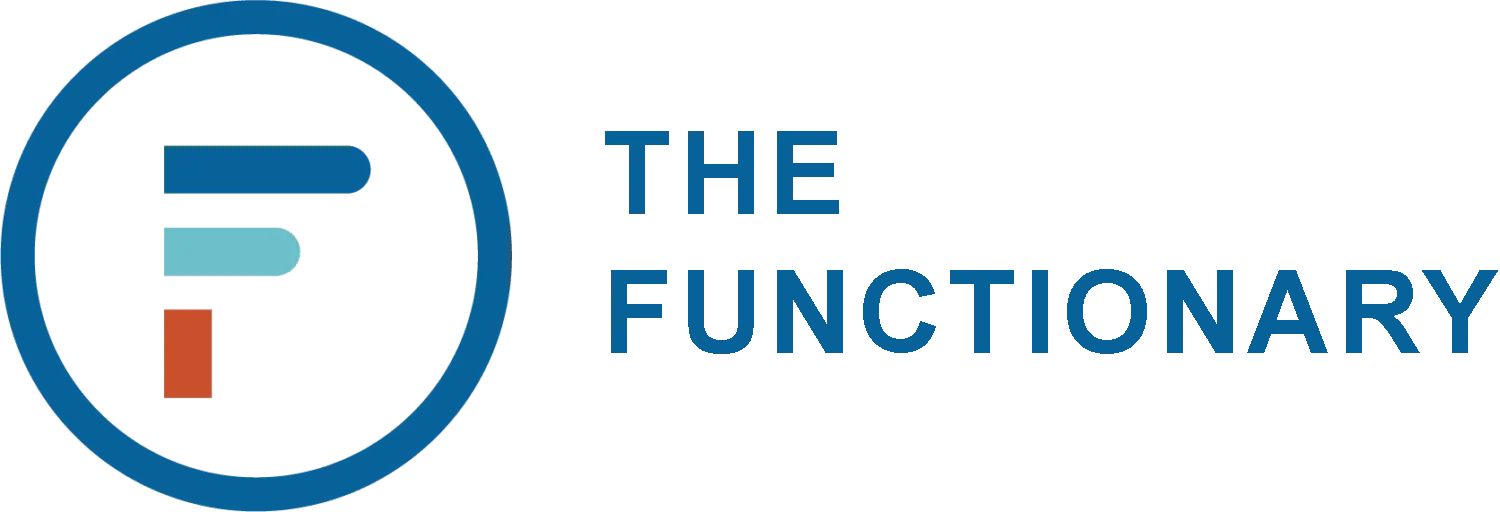Nearshore talent augmentation is an affordable way to lighten your core team’s workload, reduce their likelihood of burnout, and sustainably grow your business.
Burnout is one of the top drains on employees’ health and productivity. It has been linked to low employee retention, high turnover, and poor performance across the board.
Does your team have more tasks than they can feasibly handle with their work schedule? That’s a recipe for burnout.
To solve this problem, you may be looking to outsource some tasks overseas. Before you do, consider the effects on your employees and business — and how augmenting your staff with a nearshore team may be a better solution.
Lightening Your Team’s Workload
Burnout is a serious problem, with more than 77% of U.S. workers feeling overwhelmed and stressed at work. The pandemic has only worsened the trend as many people have left the workforce and businesses have been shifting online. Workers are now faced with technological hurdles and bigger workloads.
When employees feel overworked, they’re more likely to leave a job. Burnout harms their productivity and morale. The more your employees struggle, the more likely they are to make costly mistakes that have ripple effects on project completion and profitability.
Automation can help reduce the time employees must spend on tedious tasks, such as sending emails and logging customer activity. However, many businesses are seeing a greater need for tasks that only humans can do — especially as consumers demand more personalized attention.
That’s why outsourcing has become ever more popular. About 37 percent of small businesses outsource at least one department overseas. But is this truly solving the problem?
It may allow your in-house staff to focus on their core tasks, but it could also create more work for them. Add in cultural/linguistic barriers and time-zone differences, and you could inadvertently create a huge rift between your core employees and an outsourced team.
Nearshore talent augmentation can offer a fair solution.
What is Talent Augmentation?
There’s more to boosting productivity than simply distributing tasks. In fact, assigning your employees’ current tasks to an overseas team won’t do much if the outsourced team doesn’t perform well. That actually creates more work for your team. For some businesses, separating customer service from sales or marketing could also hurt conversions or customer retention.
Also, you could accidentally create feelings of resentment and devaluation among your employees. Outsourcing raises concerns of job instability. In fact, 80 percent of Americans are concerned about outsourcing. And if your in-house team feels that the outsourcing has made their job harder, they’re less likely to stay.
Staff augmentation is the process of bringing in specialized workers to complement your existing team, rather than replacing their core tasks. Instead of simply reducing your employees’ current workload, you can build cross-functional teams that help everyone work more efficiently.
This approach minimizes the risks of offshore outsourcing, which include:
- Duplicated efforts
- Miscommunication
- Poor integration between core team and outsourced staff
- Linguistic/cultural barriers
- Poor performance by outsourced staff who lack training in your industry
Rethinking Delegation
Outsourcing is often hailed as a solution for overloaded employees. Why not pass off the tedious, low-value tasks to an overseas call center? The problem is that delegation must do more than “pass the buck.” It should complement your team’s efforts.
When you outsource tasks to an offshore team with minimal connection to the in-house staff, you send the message that you’re more interested in cutting costs than providing them with the resources they need.
That’s why talent augmentation shifts the focus from delegation to collaboration. Your outsourced team should do more than pick up the excess tasks: they should integrate with your in-house staff and enhance their efforts.
Many staff augmentation firms hire skilled workers whose talents mesh well with your business. This promotes better collaboration and more efficient outsourcing — and helps reduce resentment and frustration among your in-house team.
With nearshore augmentation, you can find supportive talent, allowing your in-house to fully leverage their best skills. That will lead to higher morale and greater productivity.
Integrating Your Nearshore Team
One of the key benefits of nearshore staff augmentation is that this workforce is, well, near!
Proximity to your additional staff makes it much easier to hold meetings and training sessions. If your in-house employees partner with your nearshore team, they can communicate during working hours — and with less likelihood of linguistic/cultural barriers. This encourages collaboration and minimizes errors and the duplication of effort.
To reduce friction while onboarding your nearshore workforce, clarify everyone’s roles and responsibilities. Your nearshore talent should be exactly that: skilled professionals who complement your in-house team’s efforts. The staff augmentation firm can help you create cross-functional teams so everyone feels appreciated.
Once the team is in place, schedule regular check-ins or scrums to keep lines of communication open. Again, your nearshore outsourcing provider can help you with this. Even if your core and augmented teams don’t directly collaborate, make sure there’s a way to share data and progress for quality control and strategic planning.
The Takeaway
Nearshore talent augmentation is an affordable way to lighten your core team’s workload and reduce their likelihood of burnout. When done correctly, this type of outsourcing allows you to grow your business more sustainably. Instead of worrying your employees with overseas outsourcing, you’ll be enhancing their efforts with complementary talent. In many cases, they can actually collaborate with the augmented team, improving both productivity and morale.
These benefits are only possible with nearshore staff outsourcing that prioritizes talent rather than simply delegating tedious tasks. And should you need to reassign those tasks, you’ll obtain greater quality control and complementarity with your in-house team.

